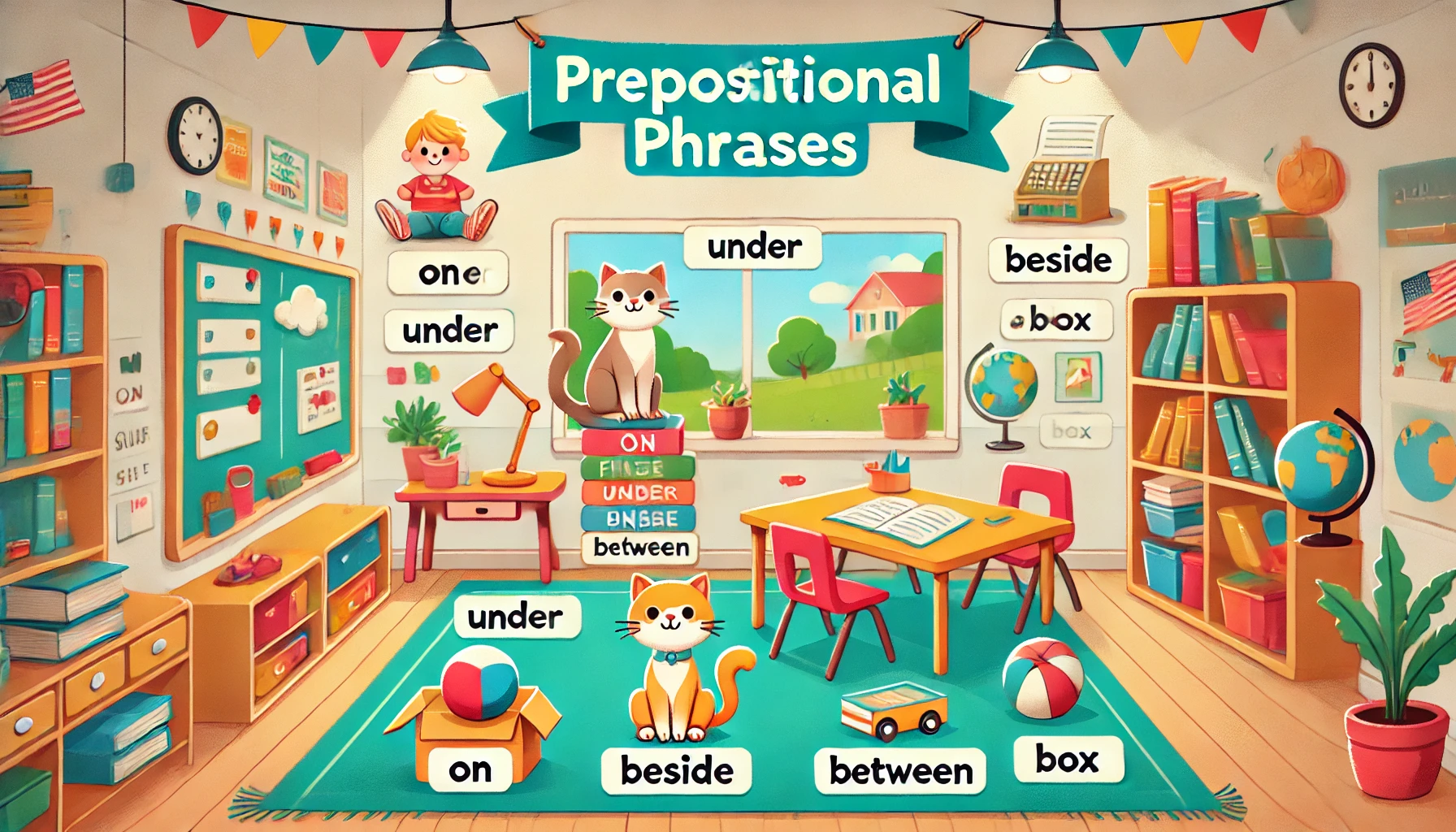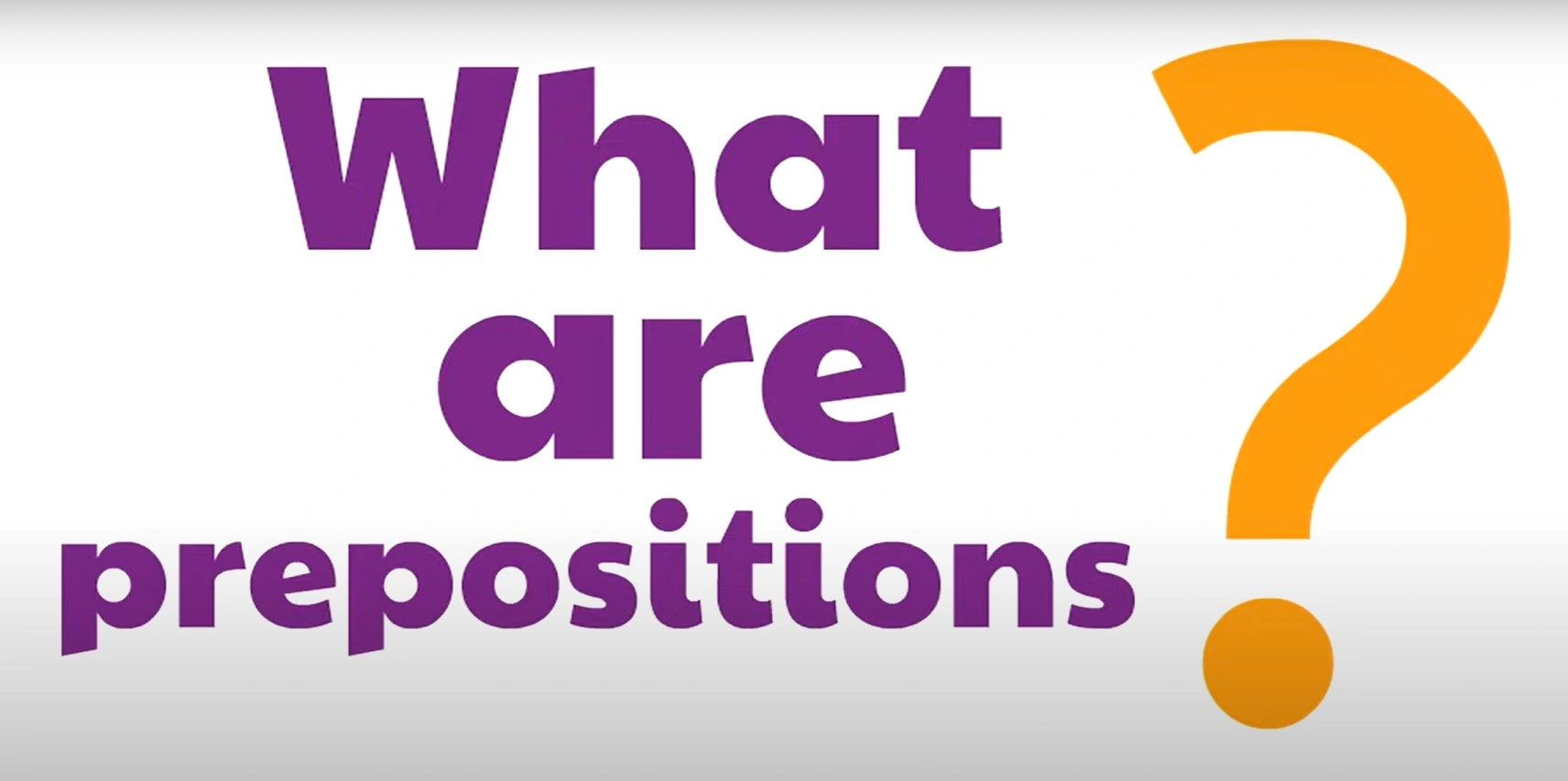A prepositional phrase is a combination of words that includes a preposition, its object, and any modifiers. These phrases provide additional detail about an action or location in a sentence. They help clarify relationships between elements, such as time, place, and direction. Without prepositional phrases, our writing would be less descriptive and a bit more confusing. Imagine trying to explain your route to the grocery store without mentioning where you’re turning or how far to go. Prepositional phrases step in to fill that gap, making everything more specific and easy to follow.
What is a Prepositional Phrase?
A prepositional phrase usually consists of a preposition, a noun or pronoun (the object), and often additional descriptive words. For example, in the phrase “under the table,” “under” is the preposition, and “the table” is the object of the preposition. Prepositional phrases provide crucial context to sentences, helping readers understand the relationship between different parts of the sentence. These relationships can pertain to time, location, direction, and more.
Components of a Prepositional Phrase
To fully understand prepositional phrases, let’s break them down into their components. The basic structure of a prepositional phrase involves:
The Preposition: This is the word that shows the relationship between the object and the rest of the sentence. Examples include “in,” “on,” “under,” “over,” and “beside.”
The Object: This is usually a noun or pronoun that the preposition links to other parts of the sentence. For example, in “over the rainbow,” “rainbow” is the object of the preposition “over.”
Modifiers: These are additional words that describe or modify the object. In the phrase “on the big red table,” “big” and “red” are modifiers describing “table.”
Examples of Prepositional Phrases
Prepositional phrases are all around us in everyday language. Here are a few common examples:
In the park: Here, “in” is the preposition, and “the park” is the object of the preposition.
By the window: In this example, “by” is the preposition, and “the window” is the object.
On the table: The preposition is “on,” and the object is “the table.”
Under the bed: “Under” is the preposition, and “the bed” is the object.
With my friends: “With” is the preposition, and “my friends” is the object.
These are just a few examples, but there are many ways prepositional phrases can be structured depending on what you’re trying to convey.
Types of Prepositional Phrases
There are several types of prepositional phrases, each used to show different relationships. Here’s a closer look at a few of them:
Location Prepositional Phrases: These describe where something is. For example:
- “In the room”
- “At the park”
- “Under the chair”
Time Prepositional Phrases: These explain when something happens. For example:
- “At noon”
- “On Monday”
- “In the morning”
Direction Prepositional Phrases: These show movement or direction. For example:
- “To the store”
- “Toward the exit”
- “Into the house”
Manner Prepositional Phrases: These describe how something happens. For example:
- “With enthusiasm”
- “By car”
- “In a hurry”

Why are Prepositional Phrases Important?
Prepositional phrases are essential for clarity in writing. Without them, sentences would feel incomplete or vague. For instance, the sentence “She walked the street” lacks the detail that a prepositional phrase like “down the street” or “across the street” would provide. These phrases also allow writers to paint vivid pictures, giving readers a clear sense of place, time, or action.
Using Prepositional Phrases in Sentences
You can add prepositional phrases to any sentence to provide more information. Here are a few examples:
She sat in the corner of the room.
- “In the corner of the room” is the prepositional phrase that describes where she sat.
The book is on the table.
- “On the table” tells us where the book is.
I will arrive by noon.
- “By noon” shows the time of arrival.
He walked through the door with a smile.
- “Through the door” and “with a smile” are both prepositional phrases, adding details about how and where he walked.
Common Mistakes to Avoid
When using prepositional phrases, some common mistakes can confuse readers. Here are a few to watch out for:
Misplaced Prepositions: Avoid placing prepositions at the end of sentences when it’s unnecessary. For example, “Where are you at?” can be simplified to “Where are you?”
Double Prepositions: Sometimes, we accidentally use two prepositions in a row. For example, “She walked off from the park” should be “She walked from the park.”
Overuse of Prepositional Phrases: While prepositional phrases are helpful, overusing them can make your writing feel cluttered. Try not to overload your sentences with too many phrases.
Types of Prepositional Phrases with Examples
| Type of Prepositional Phrase | Example |
|---|---|
| Location Prepositional Phrase | In the room, On the table, Under the chair |
| Time Prepositional Phrase | At noon, On Monday, In the morning |
| Direction Prepositional Phrase | To the store, Toward the exit, Into the house |
| Manner Prepositional Phrase | With enthusiasm, By car, In a hurry |
Prepositional Phrases in Writing Style
Prepositional phrases are important for shaping the tone and flow of your writing. They can make your writing more engaging by providing necessary details in a clear, concise way. A few prepositional phrases in a sentence can keep the rhythm smooth without making the sentence too heavy. By strategically placing these phrases, you create a balance between description and action, which is crucial for maintaining reader interest.
Tips for Using Prepositional Phrases Effectively
Be Clear and Specific: When using prepositional phrases, make sure they add meaningful information to the sentence. Vague phrases like “in the place” can be replaced with something more specific like “in the kitchen” or “on the hill.”
Keep It Simple: Avoid overcomplicating things with unnecessary modifiers. The phrase “underneath the tall, green, mossy tree” can be simplified to “under the tree.”
Vary Your Structure: Try mixing up where you place prepositional phrases in your sentences. This keeps the writing dynamic and interesting. For example, “Under the table, the cat hid” vs. “The cat hid under the table.”
By using these tips, your sentences will be more precise and engaging. Prepositional phrases are a versatile tool in your writing toolkit, offering clarity and richness.
Conclusion: The Power of Prepositional Phrases
Prepositional phrases are much more than just a grammatical tool—they are an essential part of effective writing. They help provide detail, direction, and context, making your sentences more specific and easier to understand. By practicing how to use them, you can enhance your writing and create clearer, more descriptive content. So, next time you’re writing, pay attention to how prepositional phrases can work their magic in your sentences!




